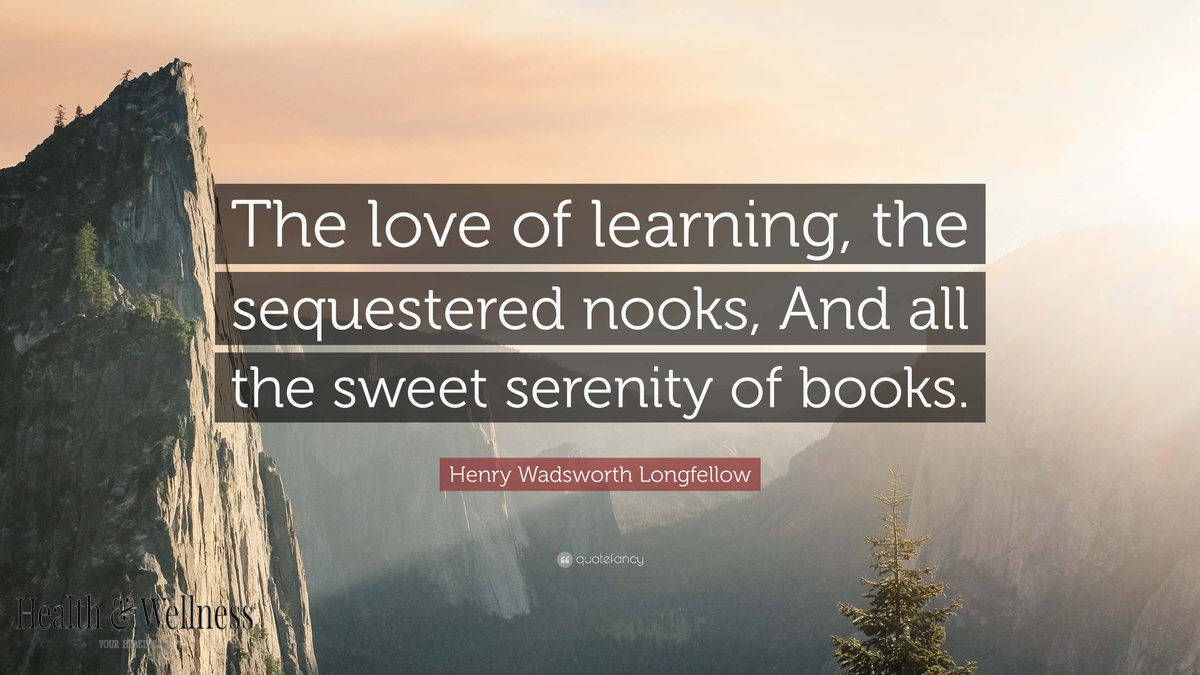Why Is Health So Vital?

This article delves into the needs and desires of customers within the $4.5 trillion wellness sector.
A person’s health and well-being can be improved by a variety of practices and activities that fall under the umbrella of wellness.
The quest of wellbeing is driving a $4.5 trillion worldwide economy that is constantly evolving to reflect a growing health philosophy that is influencing and connecting people’s work, play, and rest patterns.
Well-being: What is it?
There is no one definition of wellness. Rather, it can represent different things to different individuals – a very customized endeavor with extremely customized results. However, if wellness is enhanced communally, it can also yield broader benefits for society, including reduced healthcare expenses, increased productivity, enhanced social bonds, and an enhancement in life pleasure and quality.
Health systems are failing, placing a tremendous financial strain on society at a time when the world’s population is getting older, sicker, and more isolated, and when a growing percentage of fatalities are thought to be avoidable by addressing important lifestyle variables . Furthermore, one of the biggest risks to world health in the twenty-first century is increasingly thought to be the escalating climate disaster .
In order to solve these issues and produce beneficial social effects, preventative lifestyle and behavior practices can be greatly aided by the wellness sector.
Alternative medical treatments
In light of this, organizations and skilled persons are being sought after by both governments and consumers to supply alternative health solutions. Opportunities are also continuing to arise for those who can satisfy the rising demands of the wellness consumer.
According to a 2020 Ogilvy study, 77% of participants said they now place a high value on wellness, and 80% said they wish to increase it. Because of this increased awareness, wellness is now influencing practically every aspect of contemporary business, from technology and travel to functional health and professional coaching.
The mutually beneficial relationship
“Wellness has brought out new dialogues, goals, and objectives for both individuals and businesses. New companies, new brands, new goods, new services, and new experiences have all been sparked by wellness. Companies have changed their business, portfolio, and strategy in response to wellness.
Global planning head for health and wellness at Ogilvy, Benoit de Fleurian, contends that wellness has begun to transform entire industries.
Furthermore, the wellness sector is expanding almost twice as quickly as the world economy and currently accounts for 5.3% of global economic production. It seems like a smart corporate decision to prioritize wellness and health. To establish a genuine connection with customers, it is imperative to have a comprehensive comprehension of their expectations.
What is the true desire of customers for wellness?
In charge
The desire to be in control of one’s own health is a major motivator for consumer engagement with wellness, as we’ve just touched on.
Consumers are becoming more self-aware and knowledgeable about the advantages of proactive and preventative wellness measures as a result of the shortcomings or failures of the current health care systems. Additionally, as the desire to self-quantify and track every aspect of our lives grows, consumers are turning more and more to wellness products and services that they feel will better empower and inform them.
Easy accessibility
Due to their hectic, stressful, and time-constrained lifestyles, consumers are looking for frictionless health solutions that free up more time for social or professional commitments.
Consumers of today expect to get what they want when they need it, and wellness products that are flexible, on-demand, and simple to use are helping to close that gap.
Openness
The demand for more openness has changed from being a “nice to have” to being a must when it comes to consumer values.
Consumers are opting to interact with wellness brands and businesses more often since they are in a better position to have a meaningful and consistent conversation that aligns with their beliefs, especially in light of the historically low level of confidence that people have in institutions and organizations.
Individualization
Consumers are looking for personalization more than ever these days, and one of the most individualized interests is health and wellness.
In this new “made for me” environment, where the one-size-fits-all strategy is rejected, customers demand health goods and services to offer a more personalized, outcome-driven, and holistic experience.






